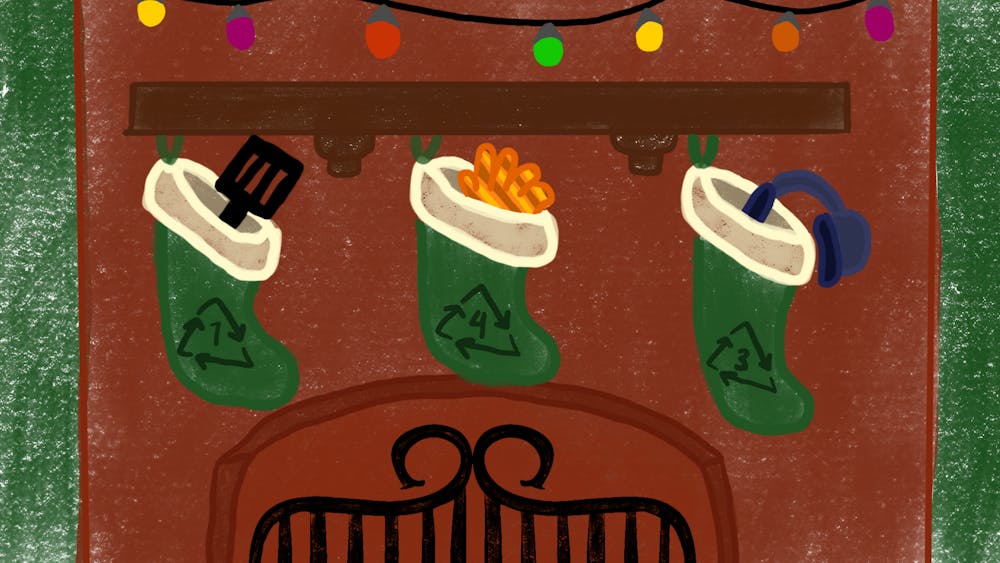According to Forbes, virtual reality is arguably going to be one of the biggest tech crazes of 2017.
It is also one of the most accessible because VR comes in a device — a cell phone — that more than half of the American population owns.
VR experiences come as videos that you can view from all angles by moving the device around in different directions. There are many videos to choose and range from surfing to roller coaster rides.
These videos are an incredible way to see how other people live and to see places you have never been before. But what some people seem to forget during the experience is the social aspect of VR. There isn’t one.
My first time using a VR headset was a couple months ago.
I put the headset on and selected the Jungle Book. I started to see animals coming out from the shadows and walking closer to me. I tried to explain to my mom what I was seeing, but it wasn’t the same as experiencing it with her.
That’s when I realized the biggest setback to the VR: it doesn’t allow us to share these experiences with others.
We traded the headset back and forth and watched more videos, and each time it seemed to become increasingly lonelier. We were just sitting there and watching the other enjoy an experience that you couldn’t see.
What the creators of the VR missed is that reality is more than just pretty places and thrilling rides. It's interaction, storytelling and memory-making.
While the VR was enjoyable and it was fun to watch everyone respond to the videos, when it was over, I felt a strange sense of loneliness. We could talk about the different things we saw in the videos, but we weren’t able to talk about any experiences that we shared. More than anything I felt the VR was giving us more individual memories and fewer shared memories for us to talk about together.
As technology continues to advance and more developments are made towards improving VR, I worry that the line between reality and virtual reality will become increasingly blurry. With shared experiences already nonexistent in VR, this can be a dangerous combination.
Skinterface is a new product that allows individuals to wear a suit while experiencing a VR. The nodes on the suit send vibrations to different parts of your body to mimic the sensation of something touching you.
At first I thought of all of the wonderful uses that this could have. I could be walking down the streets of New York City and feel people bumping up against me, or I could be running down the sidewalk and feel raindrops hitting me as I ran.
When I was thinking about how adding the sensation of touch could make VR better, I also realized how much damage it could do.
In its current state, people using the VR can obviously tell that what they are seeing isn’t real, but with the addition of touch and other inevitable advancements, VR could become indistinguishable from reality.
VR should never be used as a substitute for reality and could be dangerous in its future developments. While we should embrace new technology, we should also learn to tread carefully with VR.





